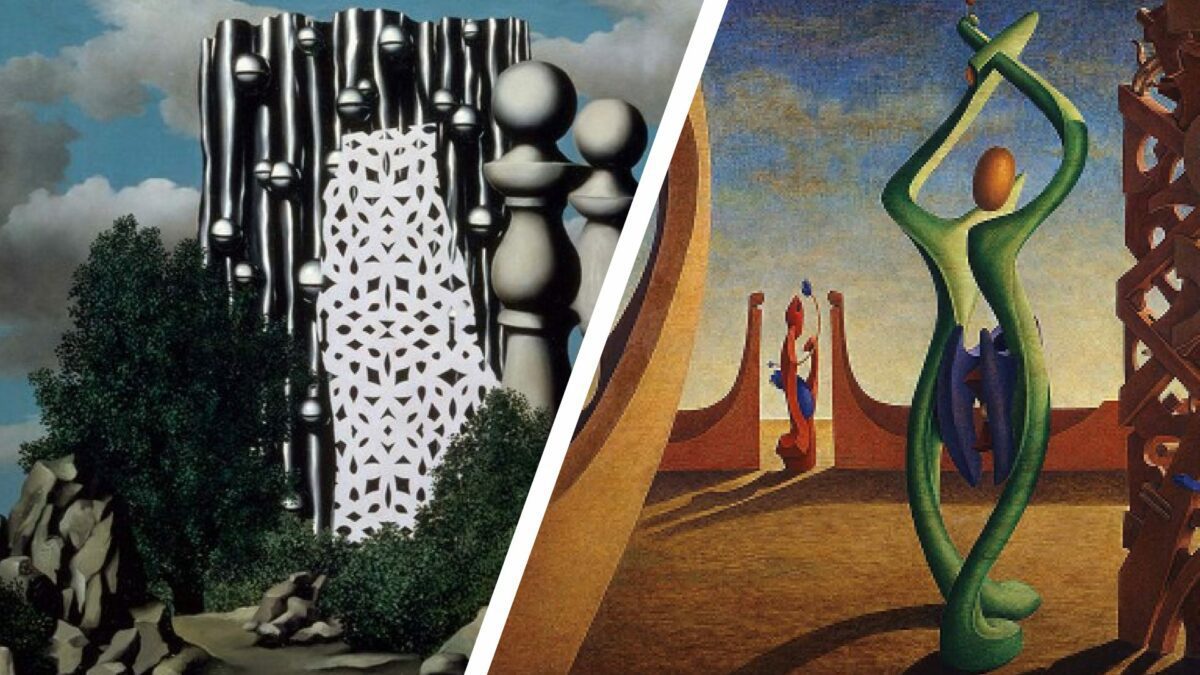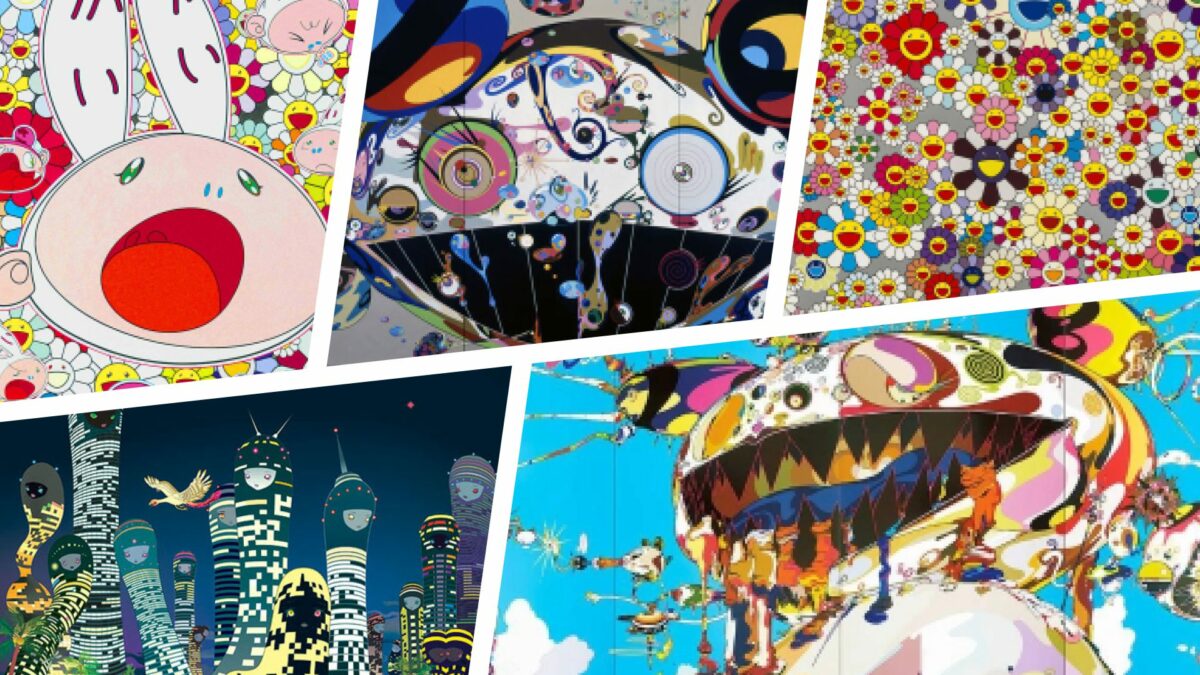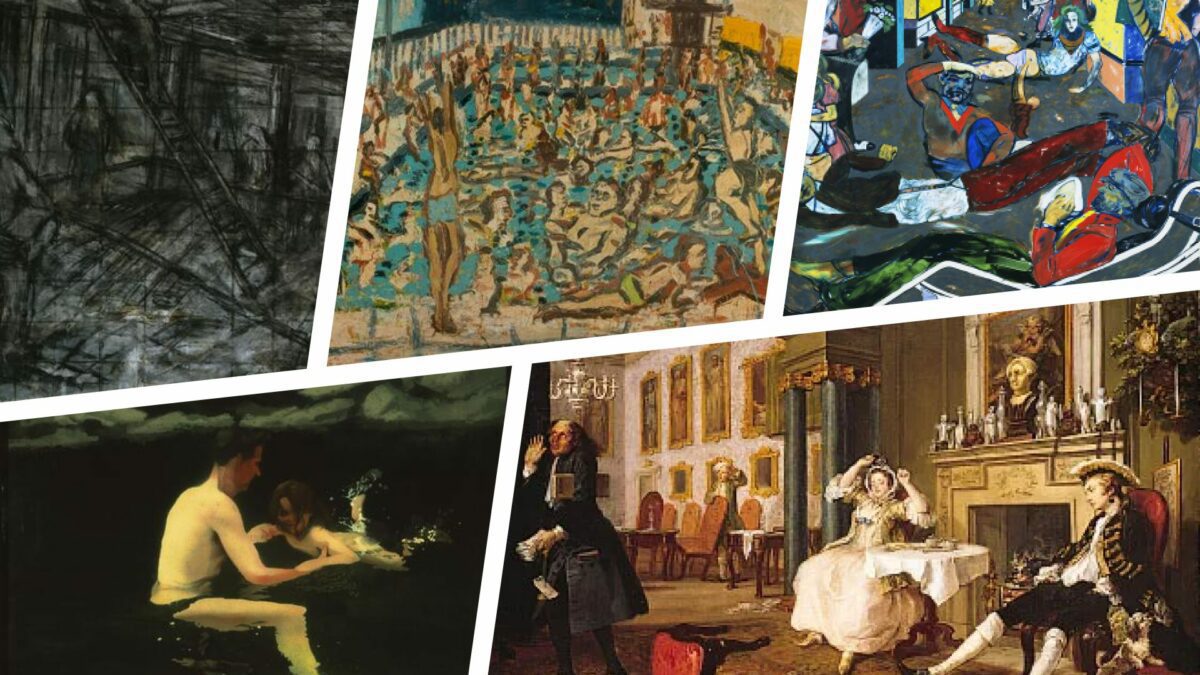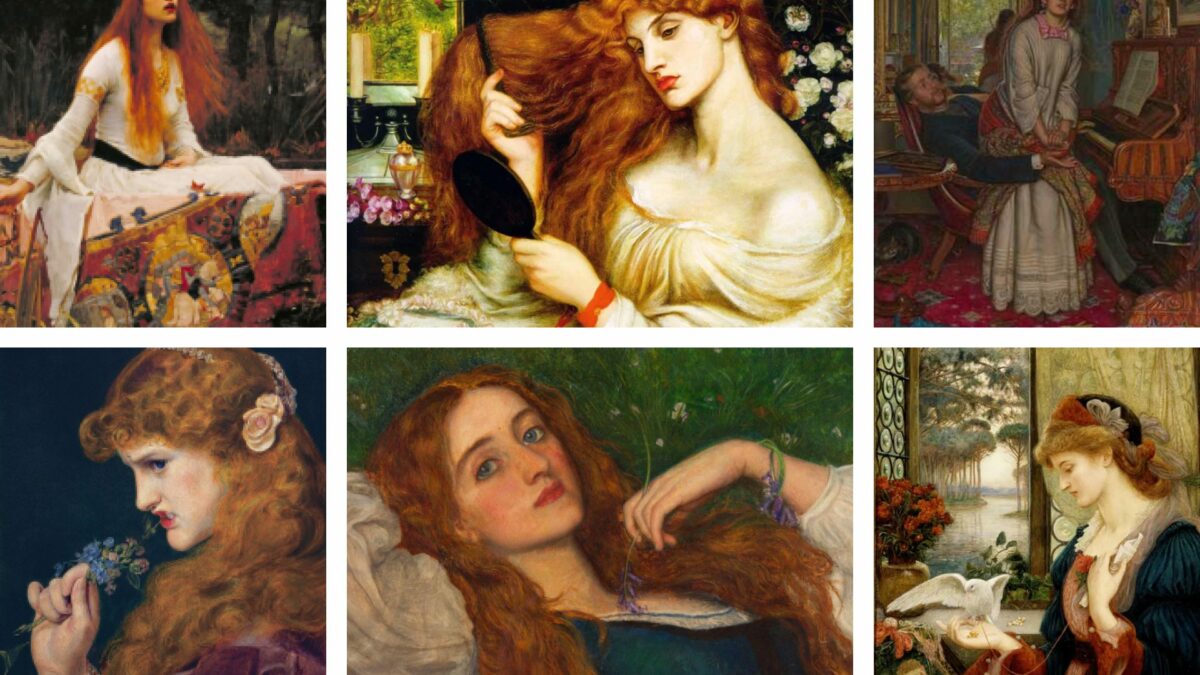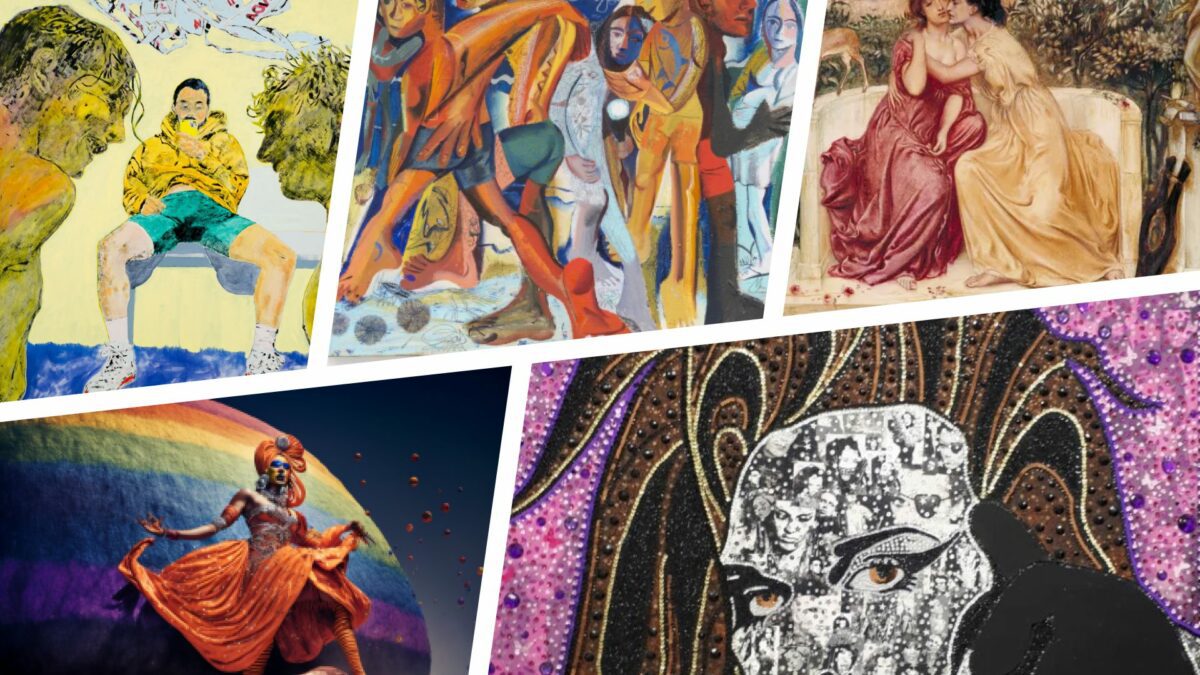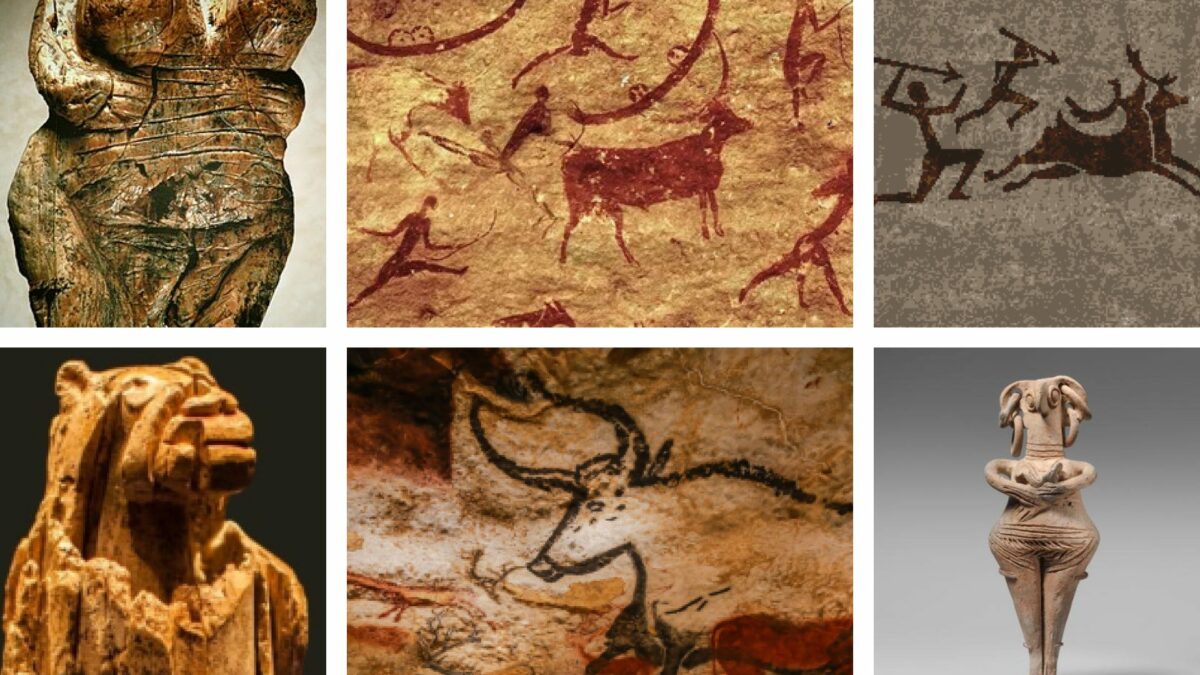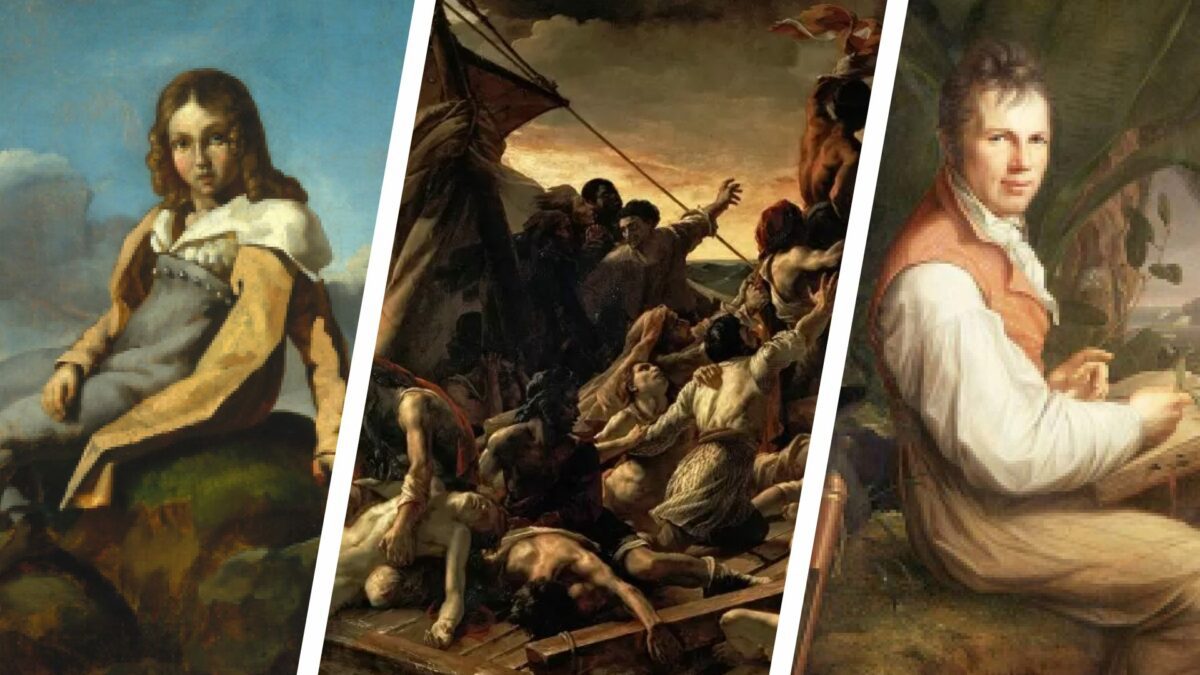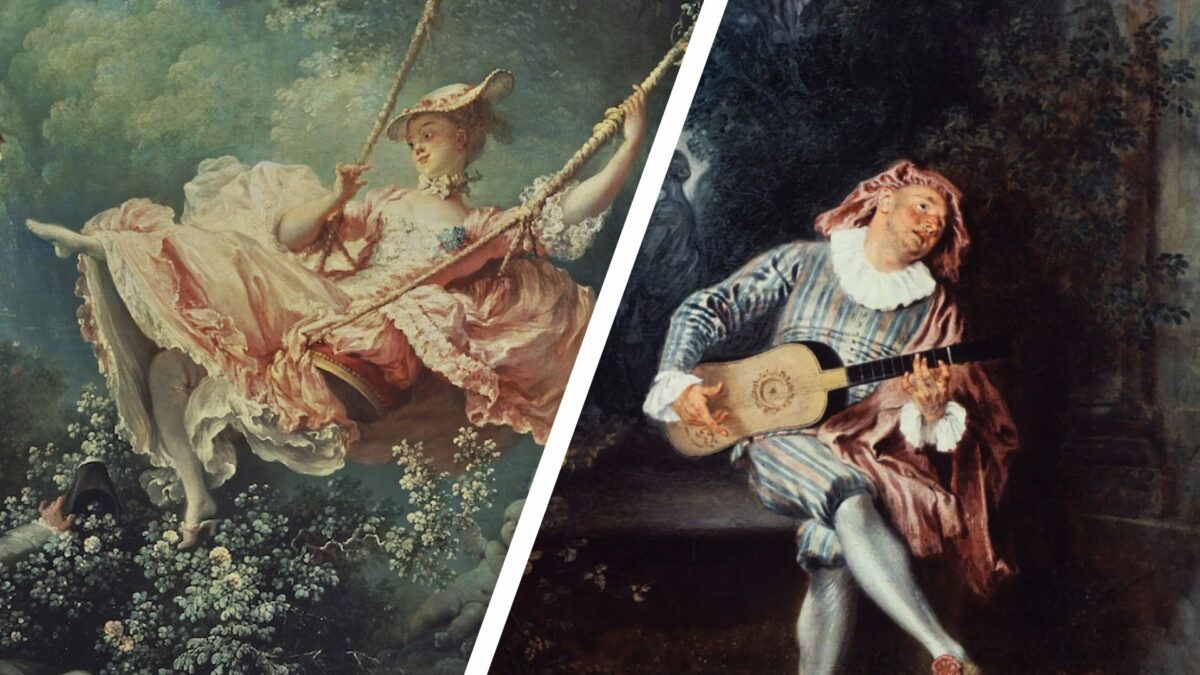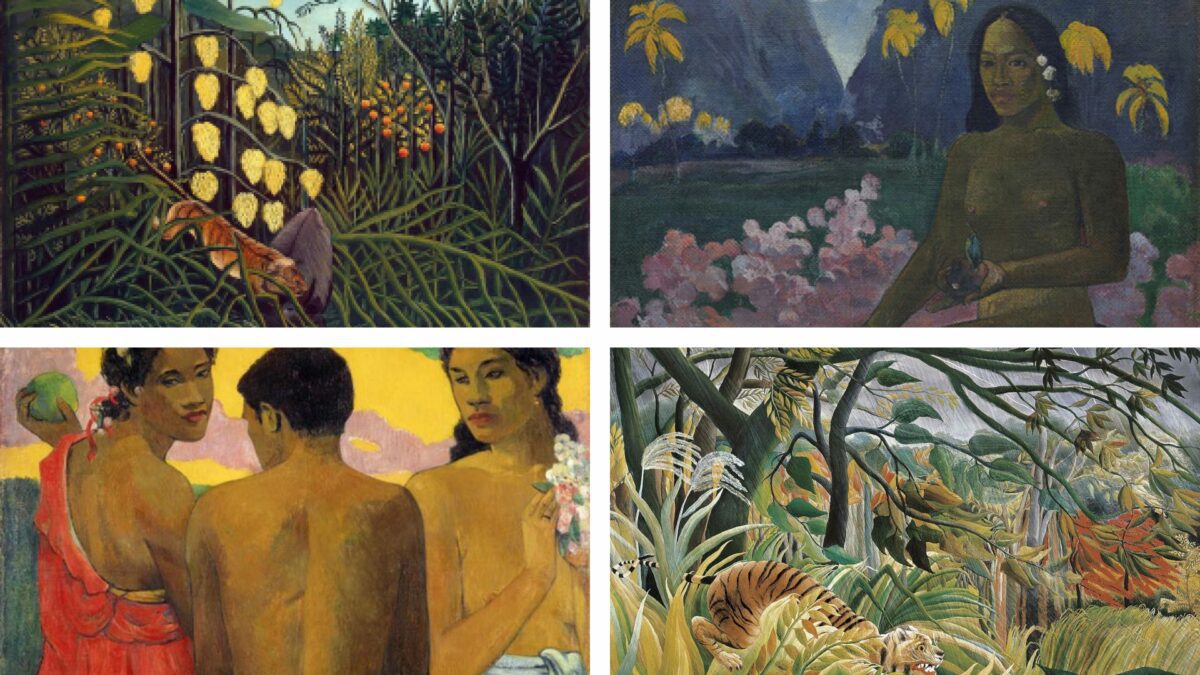Surrealist Sculpture: Exploring The World of Dreams and the Subconscious
Exploring surrealist sculpture: Art’s Playful Enigma Surrealist sculpture throws the rulebook out the window, inviting us into a world where the bizarre and dreamlike take physical form. It’s an art movement that taps into the subconscious, creating pieces that defy logic and stir the imagination….
Superflat: The Japanese Art Movement Blurring the Lines Between High and Low Art
Understanding Superflat Art: Anime to High Culture Superflat is a postmodern art movement that’s flattened the art world with its unique blend of high and low culture. Originating in Japan, it’s a visual language that speaks volumes about consumerism and the blurring of art boundaries….
School of London: Celebrating Figurative Painting In The Mid-20th Century
The School of London was a groundbreaking movement, bringing raw emotion back to the canvas during the rise of abstract art. It’s where artists like Francis Bacon and Lucian Freud turned the art world on its head with their bold, figurative work. We’ll jump…
Public Art: Exploring Art In The Public Sphere and Its Impact On Communities
Understanding public art: Its Role and Impact in Cities Public art transforms our shared spaces into dynamic canvases that tell the stories of our communities. It’s an expression that’s both accessible and provocative, inviting us to engage with the environment in a profound way. We’ll…
The Pre-Raphaelites: A Return To Nature, Beauty, and Detail
Understanding Pre-Raphaelites in Art: An Era of Beauty The Pre-Raphaelites were a band of young rebels shaking up the art world in mid-19th century Britain. They turned their backs on the strictures of the Royal Academy, seeking a return to the abundant detail, intense colors,…
Queer Art: A Celebration of LGBTQ+ Identity and Expression
Exploring queer art: Definition, History, and Impact Queer art is a vibrant and defiant expression of the LGBTQ+ community’s perspectives, challenging traditional norms and celebrating diverse identities. It’s not just a style or a genre; it’s a powerful form of cultural commentary that pushes boundaries…
Prehistoric Art: Unraveling The Mysteries of Our Earliest Creations
Exploring prehistoric art: Cave Paintings to Ceramics Prehistoric art is the earliest form of creative expression known to humanity, predating written history. It’s a window into the minds of our distant ancestors, revealing their beliefs, experiences, and the world around them. We’ll explore the various…
Romanticism Art: The Power of Emotion and Imagination
Exploring Romanticism Art: Its Lasting Impact on Modern Film Romanticism art marks a period where emotion reigned supreme, and artists broke free from the shackles of order and reason. It’s a movement that championed individuality, nature’s majesty, and the deep well of human emotion. In…
Rococo Art: Elegance and Extravagance In The 18th Century
Exploring rococo art: Influence Beyond France Rococo art is an 18th-century artistic movement known for its elaborate ornamentation, light colors, and fluid, playful themes. Originating in France, it spread throughout Europe, becoming the epitome of aristocratic opulence and decorative finesse. We’ll uncover the elegance and…
Primitivism Art: Embracing The Raw and Unrefined
Primitivism Art is the use of primitive or tribal motifs and forms in contemporary art. The term primitivism originated from the French word “primitif”, meaning original or primary, which was used to describe works of art created by artists who were inspired by pre-industrial societies….

